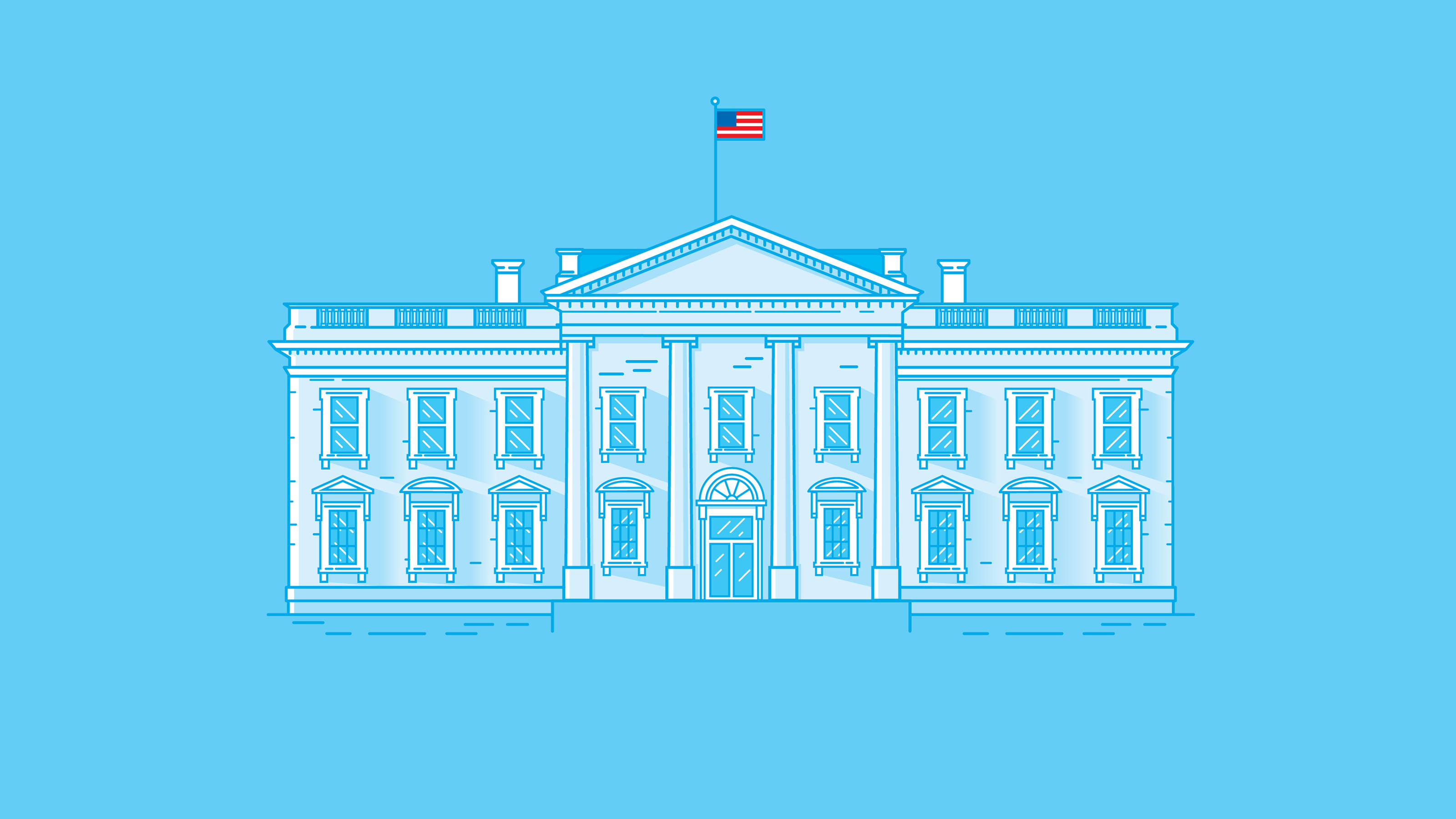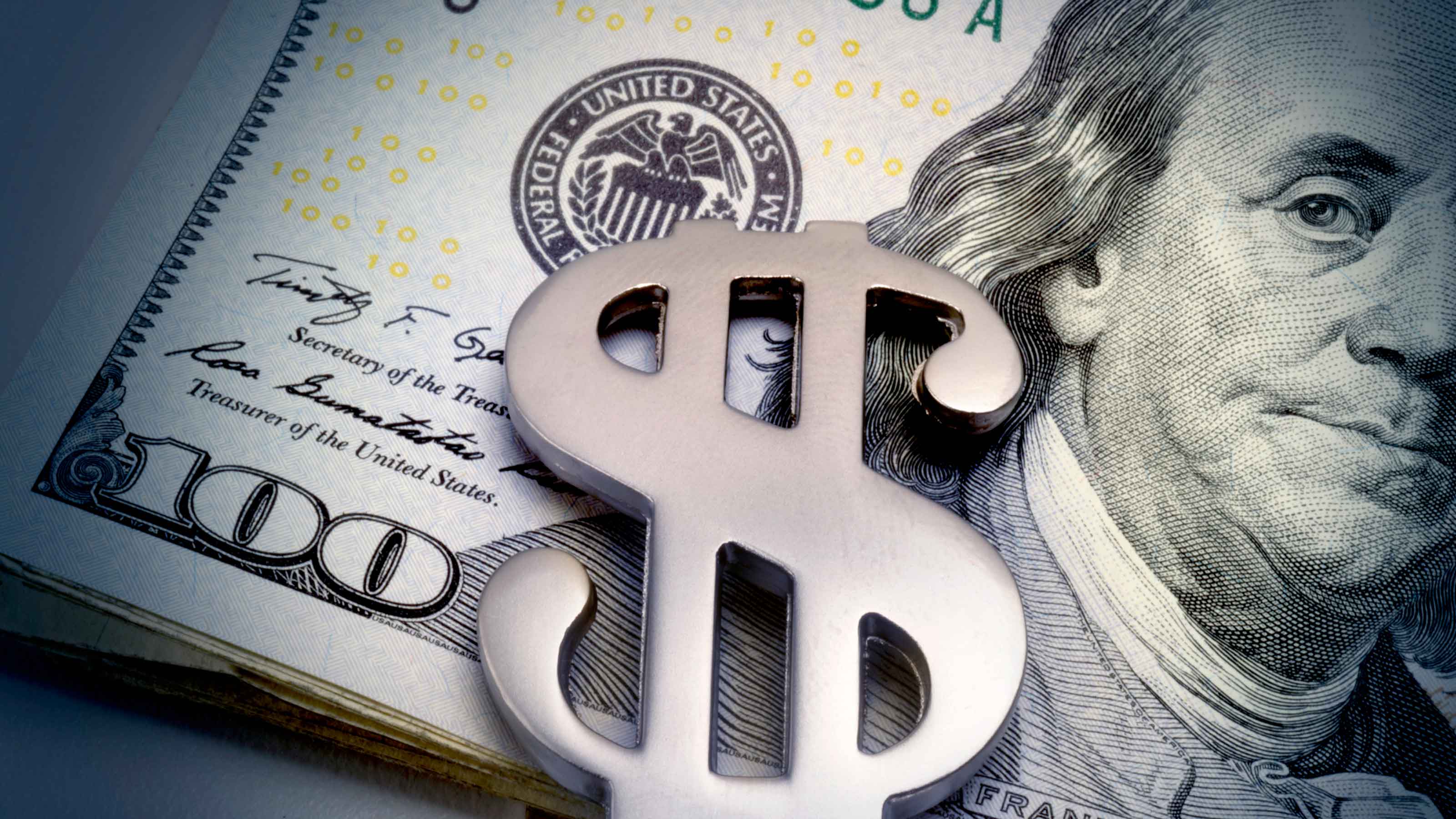The Case for Investing in Emerging-Markets Bonds
These once-risky investments are gaining favor among investors as developing nations are becoming more stable. Here's how to invest.

Investors once viewed bonds from developing nations as the fixed-income world's version of the lottery: The bonds' potential rewards were big, but so were their risks. Today, views on emerging-markets bonds have shifted 180 degrees. After watching these IOUs deliver dazzling gains for 15 years and witnessing dramatic improvements in the health of emerging nations themselves, many investors now view developing-nation debt as a must-have asset class.
And it's not just that emerging markets are seen as safer than they once were. Many investors look over the stagnant, debt-ridden economies of the U.S., Europe and Japan, compare them with fast-growing emerging nations -- many of which have put their fiscal houses in order over the past decade -- and conclude that bonds issued in the developed world carry at least as much risk as, if not more than, those from developing nations.
Consider this: Over the past six months, credit-rating firms have downgraded U.S., Japanese and Spanish government bonds, and have upgraded government bonds from the emerging nations of Brazil and Mexico. In 1994, just 2% of the bonds in the JPMorgan Emerging Markets Bonds Global Diversified index earned investment-grade ratings (generally bonds rated triple-B and better); today, the figure is 56%.
From just $107.88 $24.99 for Kiplinger Personal Finance
Become a smarter, better informed investor. Subscribe from just $107.88 $24.99, plus get up to 4 Special Issues

Sign up for Kiplinger’s Free Newsletters
Profit and prosper with the best of expert advice on investing, taxes, retirement, personal finance and more - straight to your e-mail.
Profit and prosper with the best of expert advice - straight to your e-mail.
Another plus for emerging markets is that their inflation rates, which had been climbing earlier in the year, have been trending down lately. Just as important, the double-digit inflation rates of the 1980s and 1990s are now just distant memories. That bodes well for investors, who can buy emerging-markets bonds without having to worry that hyperinflation will erode the value of their principal. As inflation rates come down, yields often come down as well, and that typically results in higher bond prices.
Yet despite the strides of the past 20 years, emerging-market bonds haven't entirely shaken their reputation as risky investments. That became obvious last summer and fall when all sorts of asset classes considered to carry above-average risk sold off over concerns about the euro-zone crisis and the inability of Congress and the White House to come to grips with America's soaring budget deficit. From August 3 through October 4, a period of weakness for stocks and risky bonds, the JPMorgan emerging-markets bond index lost 5.7%.
Another telltale sign of the still-low regard investors hold for emerging-markets bonds: They still yield way more than U.S. Treasury bonds. The JPMorgan index yielded 5.9%, about four percentage points more than the yield of the benchmark ten-year Treasury bond (all yield and return figures are through December 21). And that's what makes emerging-markets bonds so attractive. "You're still earning a high yield, but you're taking on less risk," says John Carlson, longtime manager of Fidelity New Markets Income Fund.
Emerging-market bonds have had a stellar 2011, with the JPMorgan index returning 7% year to date. Yield-hungry individuals and institutions, such as pension funds, are likely to add to their holdings of emerging-markets debt, pushing prices up over the long haul. But Kristin Ceva, manager of Payden Emerging Markets Bond Fund, cautions investors to temper their expectations. Because emerging-markets yields are so much lower than they were 15 years ago, there are fewer opportunities for capital appreciation.
How to Invest
Emerging-market bonds come in two basic varieties: bonds issued by governments and bonds issued by companies. Corporate bonds are usually considered riskier than government bonds and so tend to yield more.
Within these two broad categories, you can find bonds issued in either U.S. dollars or in the currency of the issuing country or company. If you invest in dollar-denominated bonds, you do not assume currency risk. If you buy bonds denominated in local currencies, you run the risk of seeing the value of your investment sink if the dollar appreciates against the currencies in which you've invested. Of course, you'll reap gains if your dollars depreciate against bonds denominated in, say, Chinese yuan or Brazilian reais
Given the complexity of the category and the difficulty of buying overseas bonds, you should invest in emerging-markets bonds through funds.
If you favor exchange-traded funds, consider iShares JPMorgan USD Emerging Markets Bond Fund (symbol EMB) and PowerShares Emerging Markets Sovereign Debt (PCY). Both funds track indexes of dollar-denominated government debt. The iShares ETF, which charges 0.60% in annual expenses, yields 4.9%. It returned 7.6% this year and 13.8% annualized over the past three years. In 2008, during the height of the financial crisis, the fund lost 1.9%.
PowerShares yields 5.5% and returned 7.9% this year and 17.0% annualized over the past three years. Its annual fee is 0.50%. The PowerShares ETF plunged 19.0% in 2008, trailing its iShares counterpart by 17.1 percentage points. (The performance figures are based on returns on share prices; in terms of the ETFs' underlying assets, performance was much closer, with the iShares ETF outpacing the PowerShares fund by less than 3 percentage points in 2008.) As for the way the ETFs are constructed, one key difference is that the PowerShares fund weights bonds from the 22 countries it invests in equally, while the iShares ETF weights its holdings according to the amount of debt outstanding in each of the 32 countries whose bonds it holds.
Although the dollar has been advancing lately, we think its long-term trend, especially against the stronger emerging nations, is down. An ETF for betting on a sinking greenback and continued improvement in the fortunes of developing nations is WisdomTree Emerging Markets Local Debt (ELD). The fund, which launched in August 2010, yields 5.1%, returned -0.2% this year and charges 0.55% annually for expenses.
If you prefer actively run funds, you'll be hard-pressed to find one with a more seasoned manager than Carlson's Fidelity New Markets Income (FNMIX), which invests mostly in dollar-denominated government bonds. Or consider TCW Emerging Markets Income I (TGEIX), which invests mostly in corporate emerging-market bonds.
Carlson runs a well-diversified portfolio -- at last report, it held 219 bonds from 18 different countries. He's willing, though, to make investments in countries with iffier credit standing, such as Venezuela. New Markets Income has returned 7.9% so far this year, 20.4% annualized over three years and nearly 12% annualized over ten years. In 2008 the fund lost 18.2%, compared with a loss of 12% for the JP Morgan emerging-market bond index. It currently yields 5.4 % and has an expense ratio of 0.89%.
The TCW fund recently had two-thirds of its assets in corporate bonds, compared with 22.6% for the Fidelity fund. Penelope Foley and David Robbins, who took over management of the fund in 2009, invest in bonds whose issuers they believe will be upgraded by credit-rating agencies.
TCW returned 1.6% in 2011 and 21.91% annualized over the past three years. In 2008, under different managers, the fund lost 12.6%. It currently yields 6.9% and carries an expense ratio of 0.92%.
Profit and prosper with the best of Kiplinger's advice on investing, taxes, retirement, personal finance and much more. Delivered daily. Enter your email in the box and click Sign Me Up.

-
 8 Ways to Declutter Your Life: Retirement 'Non-Resolutions'
8 Ways to Declutter Your Life: Retirement 'Non-Resolutions'Here's how to stop wasting your energy on things that don't enhance your new chapter and focus on the things that do.
-
 To Retire Rich, Stop Chasing Huge Returns and Do This Instead
To Retire Rich, Stop Chasing Huge Returns and Do This InsteadSaving a large percentage of your income, minimizing taxes and keeping spending in check can offer a more realistic path to retiring rich.
-
 New Year, New Retirement Rules: How to Keep Up With Changes
New Year, New Retirement Rules: How to Keep Up With ChangesFor a successful modern retirement, prepare for a longer life, manage high health care costs and prioritize your social life and purpose.
-
 White House Probes Tracking Tech That Monitors Workers’ Productivity: Kiplinger Economic Forecasts
White House Probes Tracking Tech That Monitors Workers’ Productivity: Kiplinger Economic ForecastsEconomic Forecasts White House probes tracking tech that monitors workers’ productivity: Kiplinger Economic Forecasts
-
 The 5 Best Actively Managed Fidelity Funds to Buy and Hold
The 5 Best Actively Managed Fidelity Funds to Buy and Holdmutual funds Sometimes it's best to leave the driving to the pros – and these actively managed Fidelity funds do just that, at low costs to boot.
-
 The 12 Best Bear Market ETFs to Buy Now
The 12 Best Bear Market ETFs to Buy NowETFs Investors who are fearful about the more uncertainty in the new year can find plenty of protection among these bear market ETFs.
-
 Investing in Emerging Markets Still Holds Promise
Investing in Emerging Markets Still Holds PromiseEmerging markets have been hit hard in recent years, but investors should consider their long runway for potential growth.
-
 Don't Give Up on the Eurozone
Don't Give Up on the Eurozonemutual funds As Europe’s economy (and stock markets) wobble, Janus Henderson European Focus Fund (HFETX) keeps its footing with a focus on large Europe-based multinationals.
-
 Stocks: Winners and Losers from the Strong Dollar
Stocks: Winners and Losers from the Strong DollarForeign Stocks & Emerging Markets The greenback’s rise may hurt companies with a global footprint, but benefit those that depend on imports.
-
 Vanguard Global ESG Select Stock Profits from ESG Leaders
Vanguard Global ESG Select Stock Profits from ESG Leadersmutual funds Vanguard Global ESG Select Stock (VEIGX) favors firms with high standards for their businesses.
-
 Kip ETF 20: What's In, What's Out and Why
Kip ETF 20: What's In, What's Out and WhyKip ETF 20 The broad market has taken a major hit so far in 2022, sparking some tactical changes to Kiplinger's lineup of the best low-cost ETFs.